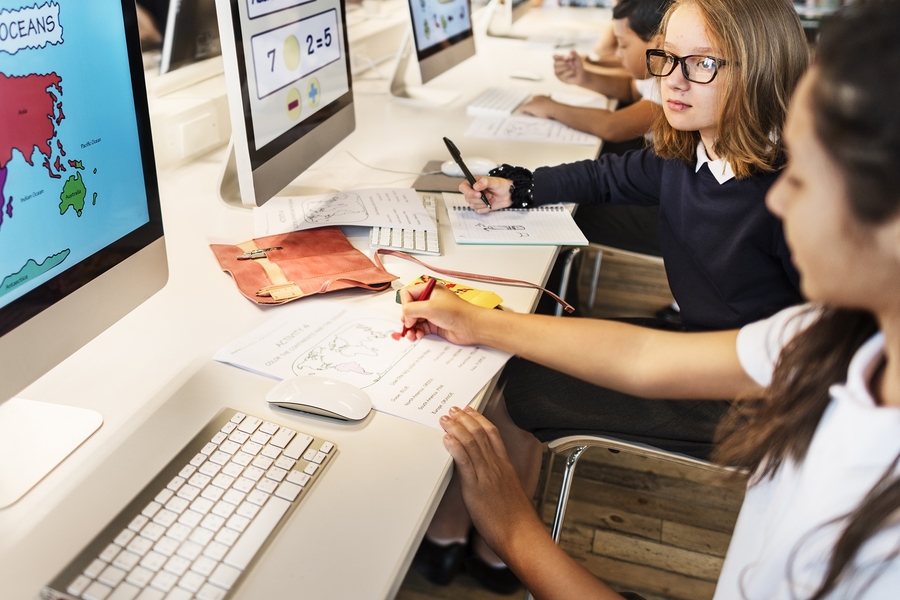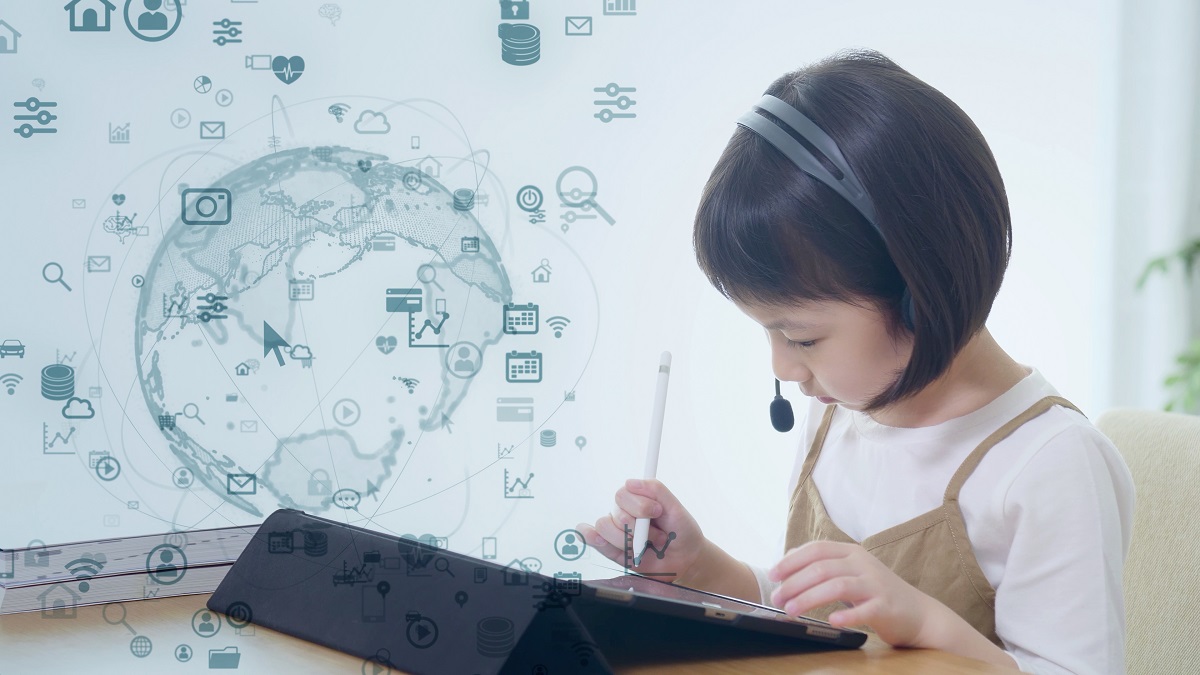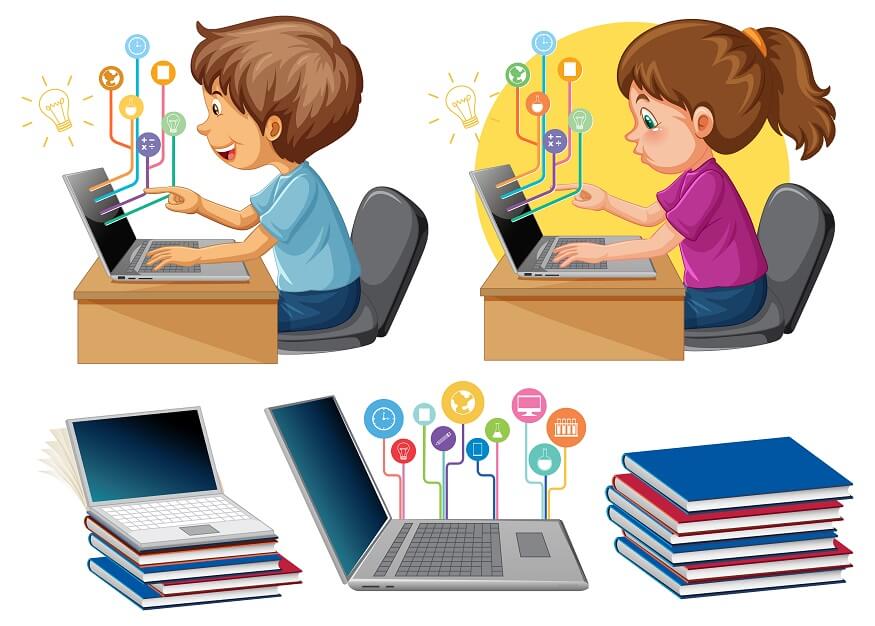Empower Your Company Procedures with the most recent AI Tools Available
Empower Your Company Procedures with the most recent AI Tools Available
Blog Article
Comprehensive Service Guides for Progressing Technology Education in Schools and Colleges
The combination of innovation education into institution and college educational program has become an essential essential in preparing trainees for a progressively digital labor force. Detailed organization overviews play a crucial function in this transformation by detailing the required structures for efficient program execution, promoting essential industry partnerships, and measuring educational end results. As academic organizations strive to align themselves with market demands, the challenges and chances offered by these guides merit a closer examination. Insurance. What particular strategies can be taken on to optimize their influence on both educators and students?
Value of Innovation Education
As innovation continues to advance at an unprecedented rate, the value of innovation education has come to be increasingly noticeable in today's society. The assimilation of modern technology right into various facets of life requires that people have a foundational understanding of technological principles and applications. This understanding not just boosts employability but also promotes critical reasoning and analytical skills necessary for browsing a dynamic labor force.
In instructional establishments, modern technology education outfits pupils with the capability to adapt to quick adjustments in industries driven by technology. It encourages creative thinking and encourages learners to engage with arising innovations, from artificial knowledge to data analytics. Innovation education and learning promotes digital proficiency, which is crucial in a period where details is easily offered yet commonly misleading.

Key Parts of Effective Guides
Efficient guides for modern technology education should encompass numerous essential components to make sure that students obtain one of the most from their experiences. First, a distinct educational program is essential, detailing the purposes, learning end results, and the abilities to be established. This curriculum ought to be consistently updated to mirror the quickly developing technological landscape, making sure importance and applicability.
2nd, detailed sources that include textbooks, on the internet materials, and hands-on tools are crucial. These resources need to be available and varied, satisfying numerous discovering styles and preferences. Additionally, incorporating real-world situations and study can enhance understanding and interaction.
Third, assessment techniques have to be included to review student progression effectively. These analyses should be differed, incorporating formative and cumulative examinations that line up with the knowing purposes.
Additionally, specialist development possibilities for instructors are crucial. Training workshops and programs can gear up teachers with the latest technical advancements and pedagogical techniques.
Finally, fostering a joint knowing environment urges peer interaction and understanding sharing. By consisting of these vital components, guides for technology education can dramatically improve the learning experience, preparing pupils for future obstacles in an increasingly electronic globe.
Structure Industry Partnerships
Building strong industry collaborations is an essential facet of improving technology education and learning. These cooperations in between universities and companies create a dynamic ecosystem that benefits employers, students, and educators alike. By fostering relationships with sector colleges, universities and leaders can align their curricula with the advancing demands of the job market, guaranteeing that trainees get appropriate skills and understanding.
The development of internships, instructions, and mentorship programs serves as a foundation of these partnerships. Such possibilities give students with hands-on experience, enhancing their employability and useful understanding of modern technology applications. Furthermore, sector companions can supply insights into arising fads and technical advancements, allowing teachers to adapt their training techniques accordingly.
Furthermore, partnerships can help with accessibility to resources, such as tools, software, and financing for research study tasks. These payments improve the discovering environment and allow organizations to remain at the center of technological innovation. Eventually, constructing durable market collaborations is vital for growing a knowledgeable workforce that satisfies the demands of today's swiftly changing technical landscape, while likewise driving economic development and competition in the broader area.
Implementing Technology Programs
Carrying out innovation programs within instructional institutions needs a critical method that focuses on both curriculum advancement and source appropriation. To initiate successful technology combination, establishments must first examine their existing framework and recognize voids in sources, consisting of hardware, software, and workers training. This analysis enables universities and institutions to develop a customized plan that lines up with their particular academic objectives.
Following, it is important to develop an extensive curriculum that incorporates emerging technologies and industry standards. Collaborating with educators, industry experts, and stakeholders can ensure that the curriculum remains relevant and effective in preparing trainees for the labor force (Make Money). Furthermore, professional growth for faculty is essential, as it equips teachers with the abilities necessary to successfully teach new innovations
Furthermore, institutions should stress the relevance of hands-on learning experiences, such as workshops and labs, that permit pupils to apply theoretical understanding in practical setups. This experiential technique enhances involvement next and cultivates important thinking. Safeguarding sustainable financing with collaborations and grants can aid increase and maintain innovation programs, guaranteeing lasting success and adaptability in an ever-evolving technical landscape.
Measuring Success and Results
Evaluating the success and end results of innovation education and learning programs is vital for confirming their impact and directing future renovations. Effective measurement structures should include both qualitative and measurable metrics, offering a thorough view of program effectiveness. Trick efficiency signs (KPIs) such as pupil registration figures, retention prices, and program conclusion percents provide useful measurable information.

Integrating standard evaluations can better assess pupils' technological competencies and readiness for the labor force. Benchmarking versus similar establishments permits contextually pertinent contrasts, highlighting areas for development.
Inevitably, the continuous analysis of modern technology education programs cultivates a culture of enhancement, making certain that they evolve in positioning with industry demands and academic standards. By systematically determining success, institutions can not just show accountability to stakeholders however likewise boost their offerings, thereby enhancing the discovering experience and preparing pupils for the ever-changing technical landscape.
Conclusion

The integration of innovation education right into school and college curricula has ended up being an essential essential in preparing students for an increasingly electronic labor force.As technology proceeds to evolve at an unprecedented rate, the importance of innovation education and learning has actually come to be significantly noticeable in today's culture.In educational organizations, innovation education equips students with the capacity to adjust to quick changes in industries driven by innovation. By focusing on modern technology education and learning, establishments can grow a generation of notified residents capable of leveraging modern technology for individual and social innovation. The application of robust assessment approaches allows organizations to measure success and outcomes, inevitably improving the overall performance of innovation education and learning initiatives and preparing students for future try this site challenges.
Report this page